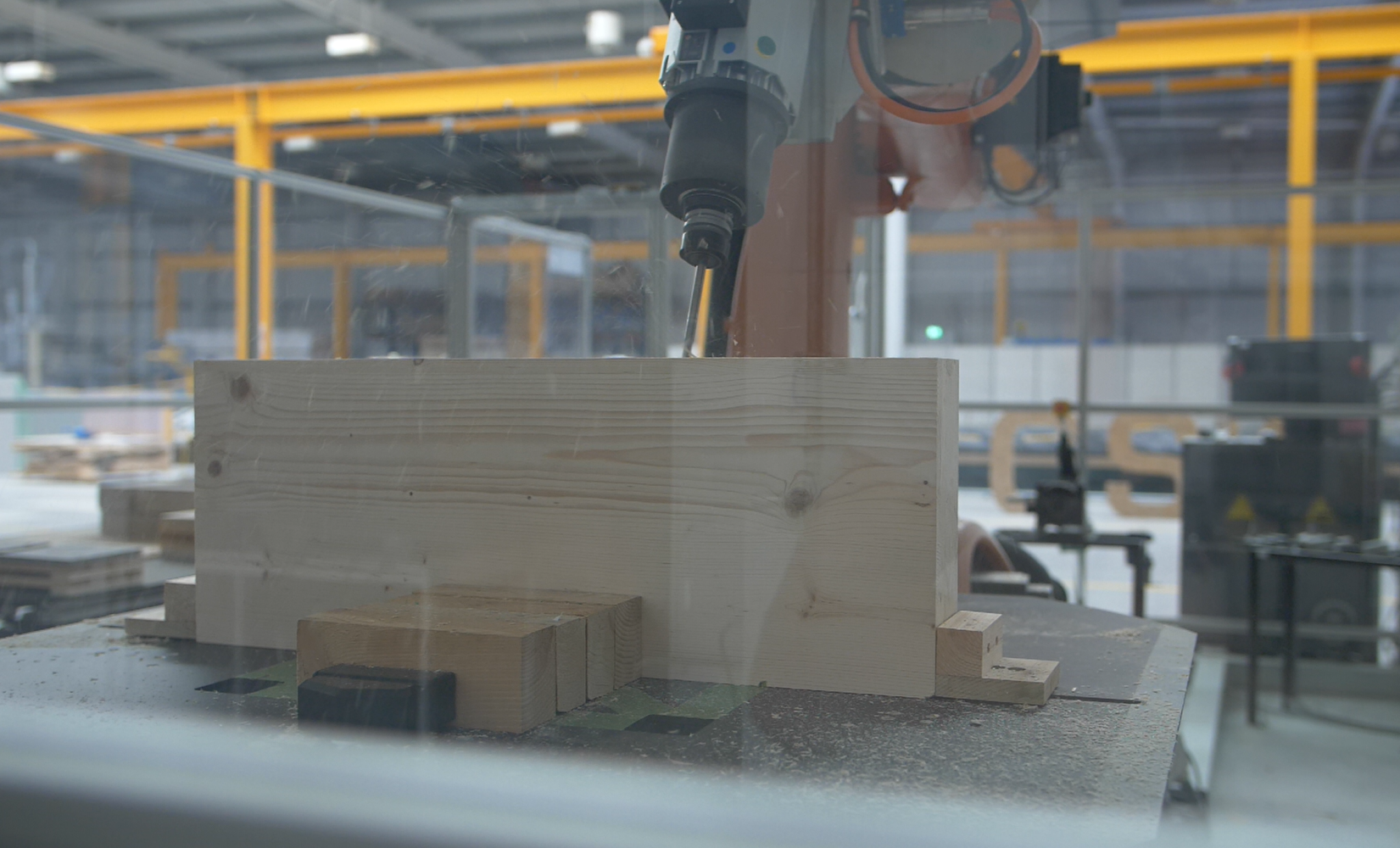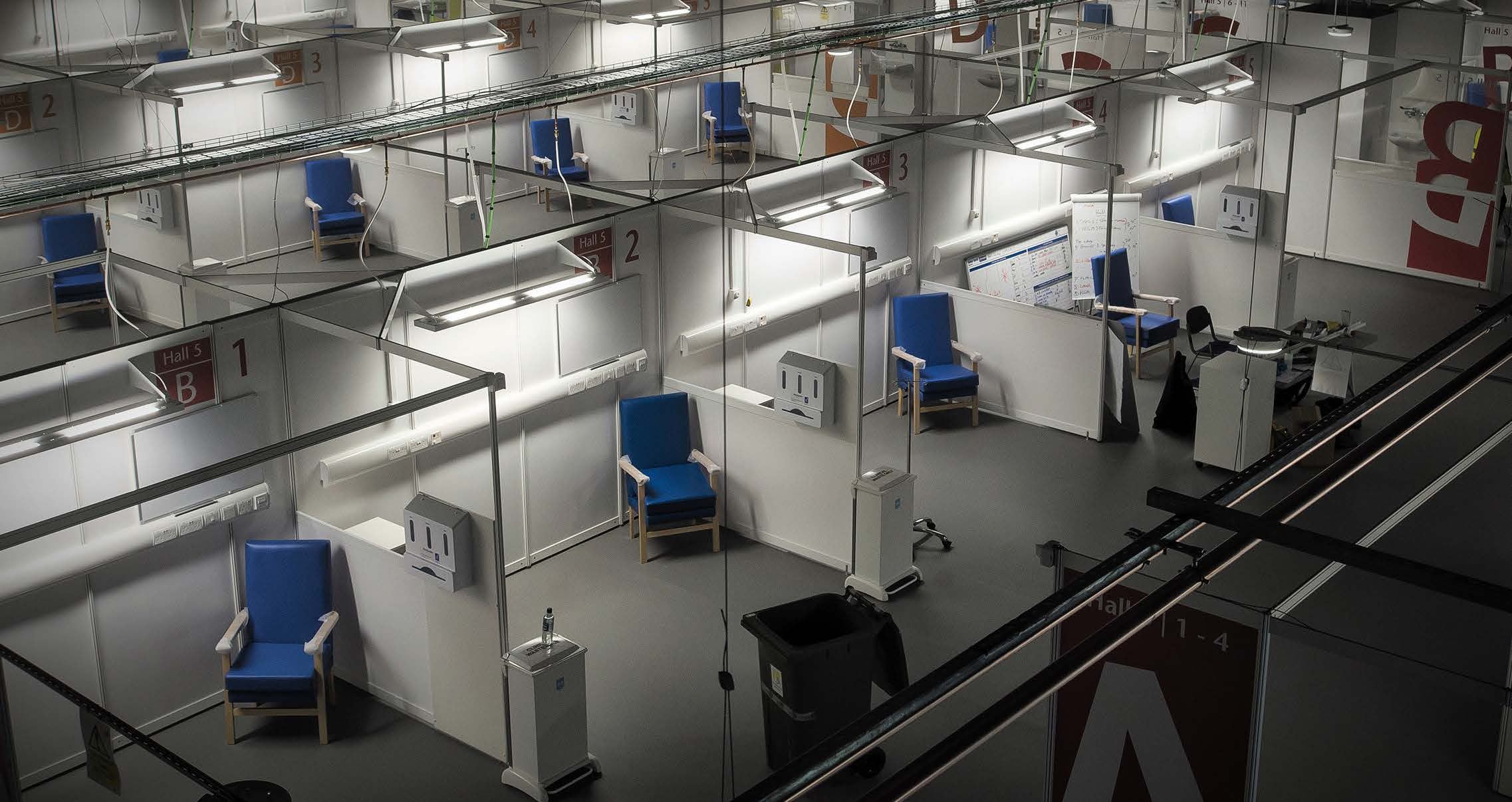Content
BAM ground stabilisation: Cementing relationships
Partnership between industry and academia that stabilises soil using bacteria

BAM Ritchies, BE-ST and the University of Strathclyde are working together to produce a low-carbon alternative to the use of cement in ground works, river embankments and coastal defences
The concept of using bacteria to solidify loose materials like soil and sand is being researched worldwide as a possible route to replacing cement in the construction industry.
Among the leading research groups is The University of Strathclyde, which has for the past ten years been working on the use of microbially induced calcite precipitation (MICP) to solidify loose soils and surfaces.
The University is now working in collaboration with UK ground engineering company BAM Ritchies to investigate the use of MICP to turn loose materials like soil and sand into sandstone at scale, and to assess its feasibility as a commercial process.
We’re creating a paradigm shift, showing people alternatives to the materials they’ve been using for decades. Project lead Professor Rebecca Lunn MBEBAM Nuttall/RAEng Research Chair in Biomineral Technologies for Ground Engineering
Working with local resources
The University is now collaborating with BAM Ritchies to determine the feasibility of using the process in ground engineering works, and to create the UK’s first large-scale field trial of the technique.
The end goal is to develop a substance that can be used to create durable earth structures like embankments and coastal defences. It could, for example, be injected into crumbling cliff faces to increase their strength and prevent rapid erosion. It could replace the use of concrete in embankments, or reduce the requirement for concrete piles used as the basis for engineering structures. It could also be used for repairs to existing structures. Right now, the partnership is working to scale up production. To date the process developed at the University has been used in the laboratory to create relatively small discs, roughly one metre in diameter and 30 cm deep. The current collaboration involves applying it to much larger volumes of soil material.
The process
MICP involves taking harmless bacteria found naturally in soils and growing large quantities of them in a fashion similar to brewing beer. The bacteria are then injected directly into the soil volume to be treated, along with urea and calcium chloride.
They use the urea as a food source, causing calcium carbonate to precipitate in the process. The calcium carbonate crystals grow around the edges of the loose particles, binding them into a solid, turning the soil into a material similar to natural sandstone. Being the same viscosity as water, the bacterial solution can be injected via narrow holes that won’t damage the area where it’s being used. Which means it could treat natural environments like cliffs, dunes and seashores without having a highly visible aesthetic impact, and without damaging the natural environment.
Essentially what it allows us to do is work with our environment, rather than trying to dominate it. Project lead Professor Rebecca Lunn MBEBAM Nuttall/RAEng Research Chair in Biomineral Technologies for Ground Engineering
- University of Strathclyde
- BAM Ritchies
- BE-ST
This case study was prepared by BE-ST on behalf of the Scottish Construction Leadership Forum.



